Table of Contents
Introduction:
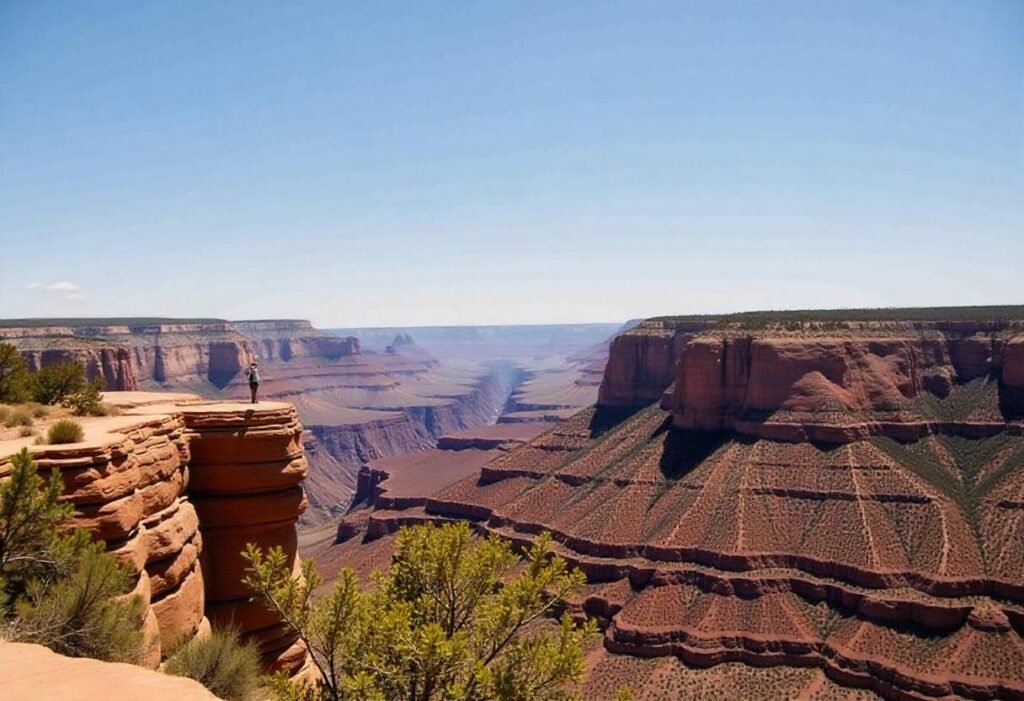
Rim to Rim in the Grand Canyon is not a mere hiking trip but rather a mythical experience that mentally and physically challenges one and tests limits and outcomes with rewards in some of the most spectacular vistas in the world. Winding all the way between the North Rim and South Rim (or vice versa), this legendary ride will take you to an exploration of one of the best natural wonders on earth, through expansive, level desert plateaus, through inner-canyon lush oases, and up canyon skyrocketed walls.
Be it an experienced hiker or an ambitious day hiker, the Rim to Rim Trail is an experience of a lifetime when it comes to raw beauty, solitude, and being at one with nature. We will take you step by step through everything you need to prepare and successfully hike this bucket-list trail with confidence in this ultimate guide.
What Is the Rim to Rim Trail? A Legendary Grand Canyon Journey
One of the most iconic and challenging trails in the United States, it reaches across the width of the Grand Canyon. The Rim to Rim trail is the journey between the North Rim and the South Rim or the versa. It is a ride that never lets one forget because it takes perhaps 21 to 24 miles, depending on the route you opt to ride, and entails sharp downhill and harsh uphill, which amounts to more than 10000 feet in altitude change.
Visitors pass through a range of climatic regions, ranging from cold pines to scorching desert earth, which can present an overwhelming amount of visual diversity. Completing this trail is not a physical achievement but rather an emotional and spiritual experience that can be described by most people as a life-changing experience.
North Rim vs. South Rim: Which Direction Should You Choose?
Among the key choices that ought to be determined, one has to cite the decision of where to hike. Beginning at the North Rim will have you hiking down to the approximate 14-mile point and then back up to the South Rim, which is a little lower in elevation. It is usually deemed as the more popular and somewhat simpler direction, since you end up with a shorter, less steep climb.
Route Options: Choosing the Best Path Across the Canyon
The Rim to Rim Trail has a number of primary routes, each of which has its best features. North Kaibab Trail to Bright Angel Trail is the most classic and suggested one, with an opportunity to get access to the water stations and a shaded place to rest. To exit sooner, but on a steeper trail, go by South Kaibab, rather than Bright Angel-the former is faster, and has no water or shade.
To those with an obsession with ultra-distances, there is the Rim to Rim to Rim (R2R2R) version-they hike across the canyon to one rim and back again in a single effort, often requiring two days. It can either be done in one day or made into a multi-day trek, but in either case, your fitness level, your previous hiking experience, and current weather conditions are factors that are relevant in choosing the right route to take.
Permit Planning: What You Need to Hike Legally

In case you intend hiking Rim to Rim in a number of days, then you will require a backcountry permit through the Grand Canyon National Park Backcountry Office. Overnight camping inside the canyon below the rim, e.g., spending the night at Phantom Ranch, Bright Angel Campground, or Cottonwood Campground, all require permits. These Permits are very competitive, particularly during the spring and fall, and therefore applying four months in advance would be ideal.
Should you be fortunate to be able to book at Phantom Ranch, you will have the luxurious treat of staying in one of the few cabins or dorm rooms in the canyon. The one-day hike does not need a permit given by the park authority, but it is only advisable for experienced hikers in tip-top shape, given the extreme nature of the hike.
When to Go: Best Seasons for the Rim to Rim Trail
Rim to Rim Trail can be hiked only at the right time. The best time to take this adventure would be during spring ( May-early June) and fall ( mid-September to October). These months are cooler in temperature than other times, especially in the inner canyon, which otherwise will be horribly hot. It is not recommended to hike during the summer by most people because the amount of heat encountered in the canyon is high, to the extent of over 110 43 C, which can result in heat exhaustion or dehydration in case hikers are caught in it.
Winter, on the other hand, is the reverse, and this season has snow and ice in months of winter, and the North Rim is usually closed in months of late October to mid-May by weather conditions and road conditions, making Rim to Rim hikes impossible.
Gear Up: Essential Packing List for the Rim to Rim Hike
Pack in a manner that it is highly imperative to be safe and successful in the Rim to Rim Trail experience. You want to be sure and carry comfortable and broken-in hiking shoes, some form of hydration (we prefer a water bladder or several bottles), and layers to accommodate the difference in climate between the rim and the canyon floor. Your fuel should be snacks, light meals, and tablets of electrolytes that are high in energy.
And don’t get out the door without the necessities of safety: headlamp, first aid kit, and trail map or GPS device; emergency whistle. A small enough and lightweight, but rigid enough backpack in which you can fit your gear will be comfortable. Optional items which may prove useful include trek poles, a sun hat, and small rain gear, should there be sudden bad weather.
Check Out: Mount Washington Summit Hikes: Conquer New England’s Most Legendary Peak.
Staying Overnight: Campgrounds, Lodges, and Phantom Ranch
Some nice places to stay overnight in case you are on the Rim to Rim Trail as an overnighter. The two most popular backcountry destinations where a permit is required are Cottonwood Camp (North Kaibab Trail) and Bright Angel Camp (Phantom Ranch). Phantom Ranch, an unfortunate hiker who can score a reservation, is a collection of dorms and separate huts, and a superb meal delivery to weary hikers.
On your trip, the night before and the night after, you can stay in the lodges situated on one of the rims: at the North Rim, you can stay at the Grand Canyon Lodge, and at the South Rim, you can call home Bright Angel Lodge or El Tovar. Booking of such hotels at times requires months before they are booked, despite being in high season.
Water Sources and Resupply Points: Staying Hydrated in the Canyon
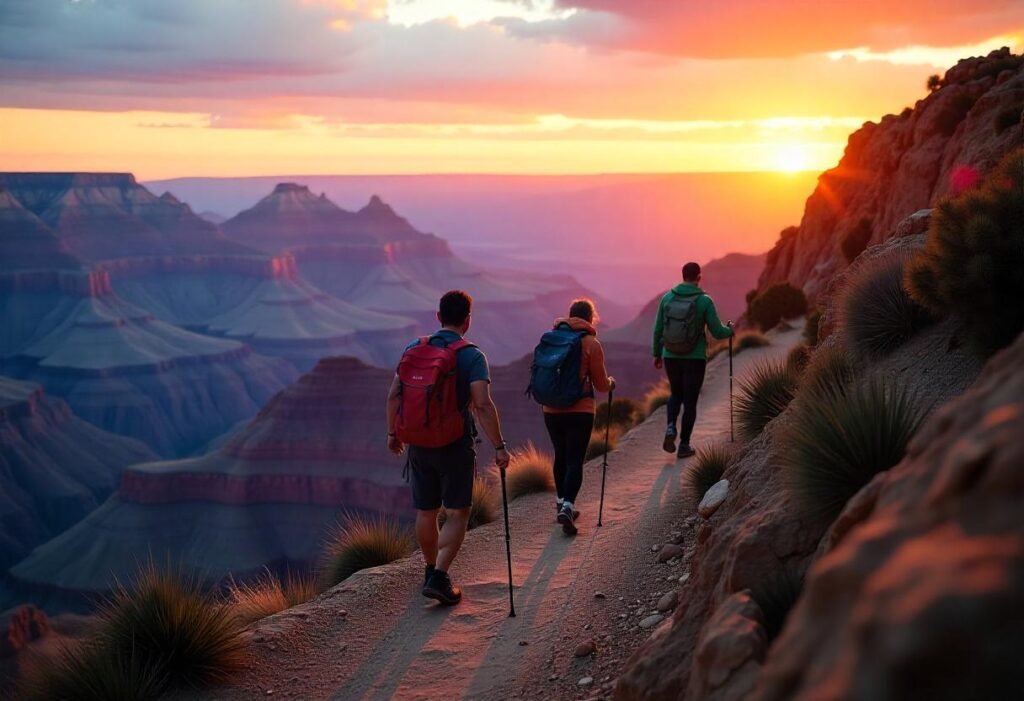
Hydration and staying hydrated are one of the central safety considerations when doing the Rim to Rim Trail. Fortunately, there would be a series of water refills along the way, which include Bright Angel Campground, Phantom Ranch, Cottonwood Campground, and Indian Garden, just to mention a few. However, the points of water access are seasonal and can become closed at maintenance time and also in winter, hence the need to check with the current status of water supply of the region before getting to the Grand Canyon National Parks hiking destination.
One should also be advised firmly that he or she should take some backup water filter/purifying pills with them just in case. Ensuring your water breaks are well planned and you have plenty more than enough, heat and altitude play a major role in dehydration.
Conclusion: Your Unforgettable Rim to Rim Journey Awaits
Rim to Rim Trail is not just a hike, but an experience of going into the biggest landmark of all, as seen on our planet. That you will feel good throughout your body and be rewarded in the spirit through each step, be it in the alpine forests of the North Rim, the rugged scenery of the Colorado River, or up the steep slope of the South Rim.
Such a length of stay does not matter in this case, and whether cut down to one day or dragged out over a multi-day weekend, it all takes a lot of careful preparation, the right gear, and caution to the depths and perilous extremes of the canyon to make that adventure safe and to make it extraordinary. Once you get the hang of it and the fact that you managed to do everything will never leave you once you have Rim to Rim.
For more info: Click Here.
FAQs About the Rim to Rim Trail
1. Can we Rim to Rim Trail in one day?
Well, this is true, but only the experienced and conditioned hikers are expected to embark on a oone-dayRim to Rim hike. It has an aggregate distance of between 21 and 24 miles, and it is no joke to go up and down the hills. You will need to make an early start, pack a few gears, consume a lot of water, and regularly check the weather.
2. Does the Rim to Rim Trail need a permit?
Any day hiking is not licensed, and such an alternative is known as the Backcountry Permit of Grand Canyon National Park in case of an overnight hike. These permits are highly sought after, so make sure to apply months ahead, especially in the most popular years, coming especially, spring and fall.
3. What is it better to start at the North Rim or the South Rim?
Both directions are stunningly beautiful, but it is worth remembering that one will have a steeper descent and shorter (though steeper) climb to get to the South Rim starting at the North Rim. The reason why this route has been preferred by many hikers is that the route flows in a more scenic fashion, and because of its accessibility all year round, coupled with the presence of more amenities besides accessibility attributable to the presence of the South Rim.

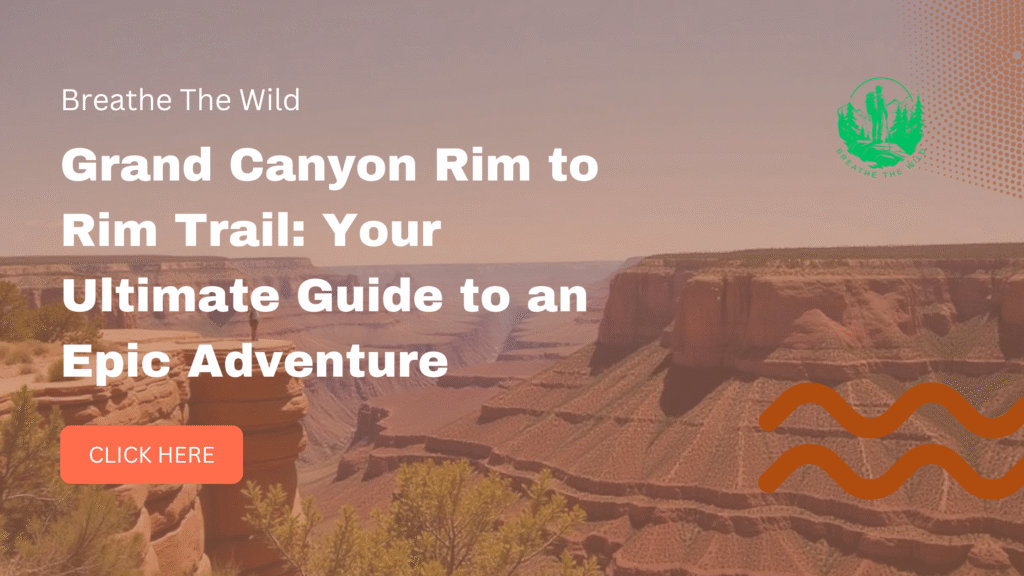
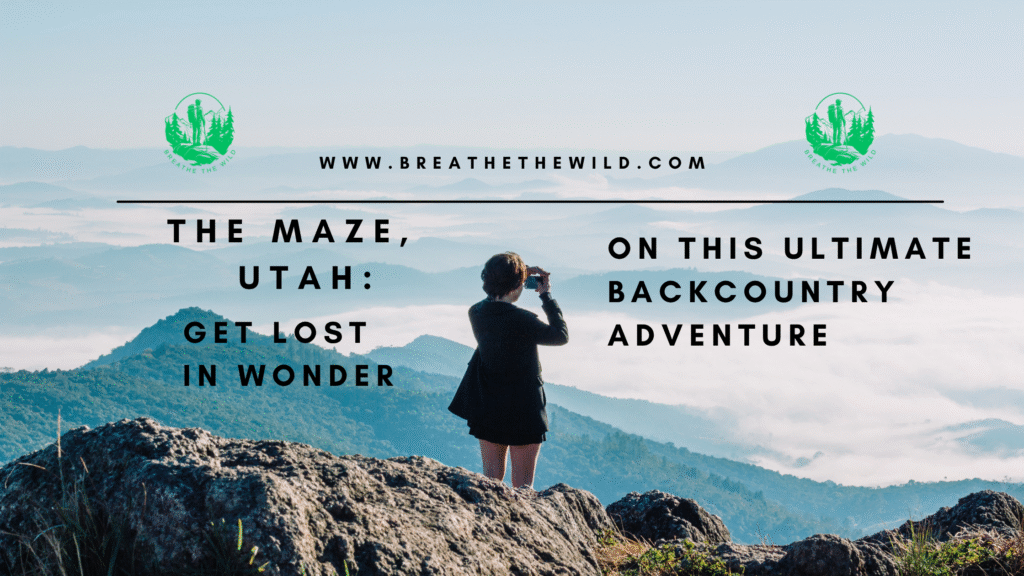
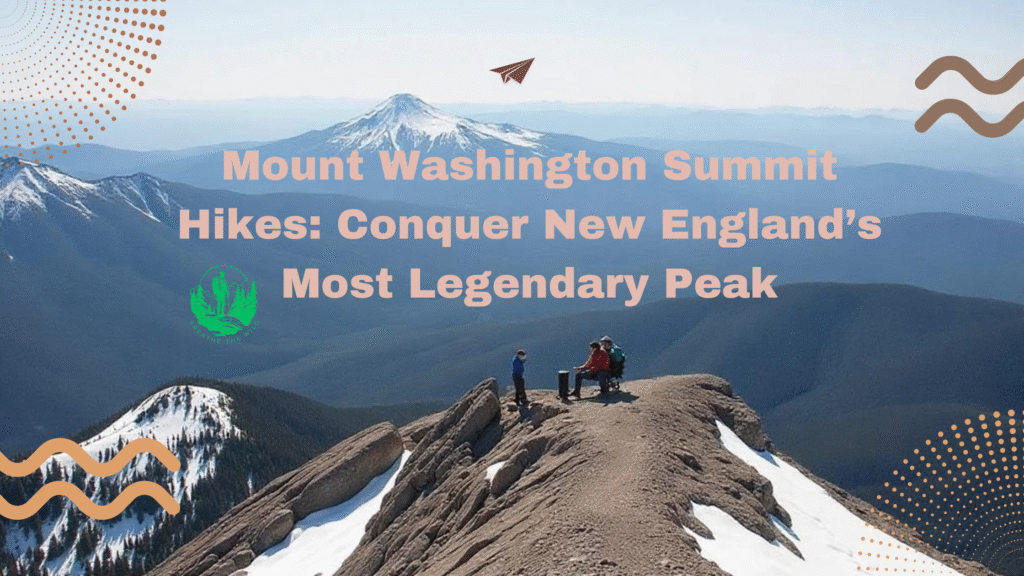
you have brought up a very fantastic details , thankyou for the post.
Thanks for visiting us.
Great post, you have pointed out some superb points, I too conceive this s a very good website.
Thank You so much. Check Out our new website related to bread recipes: “sweetovensecrets.com”.